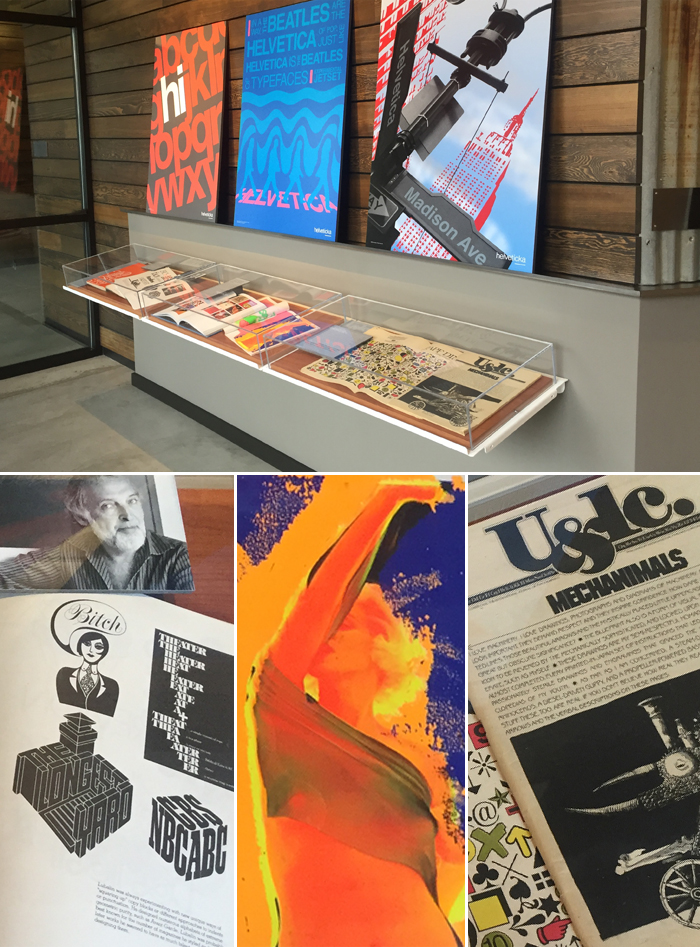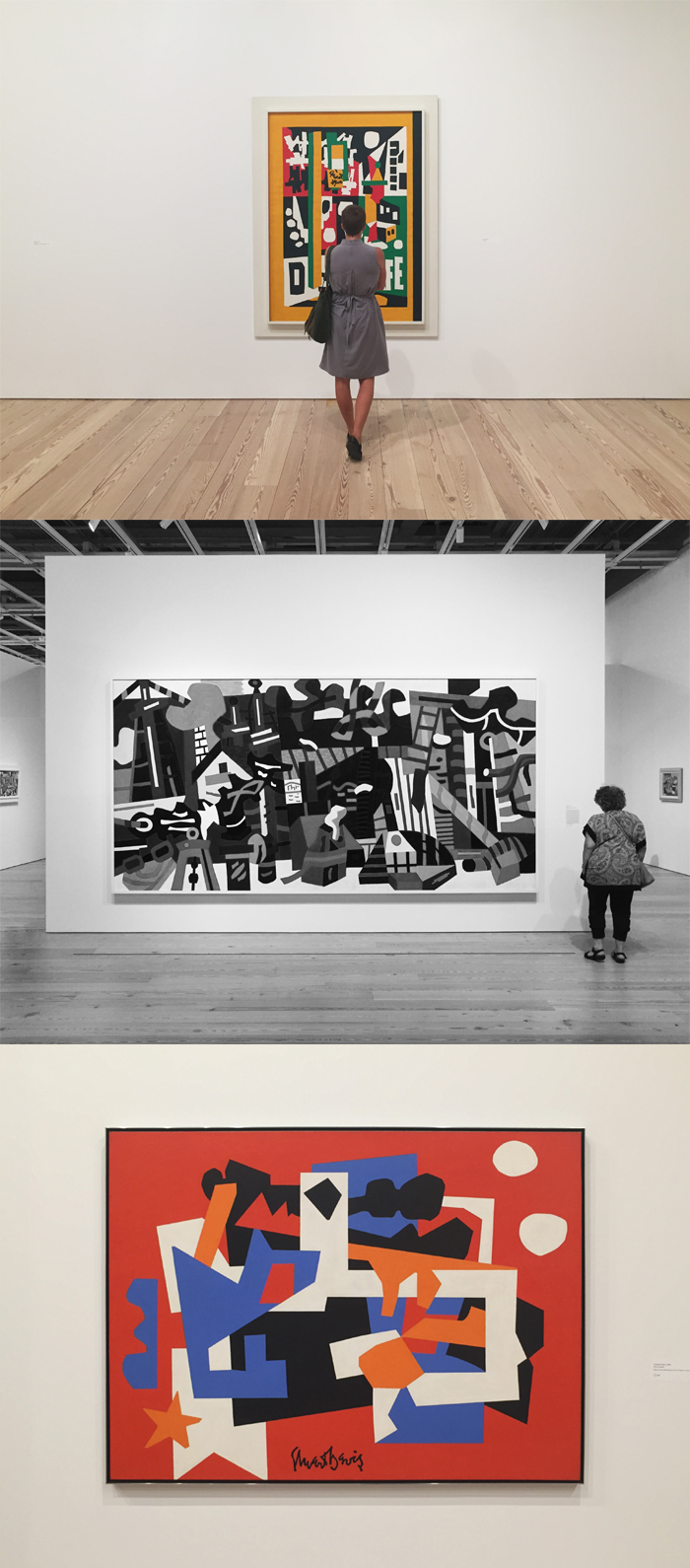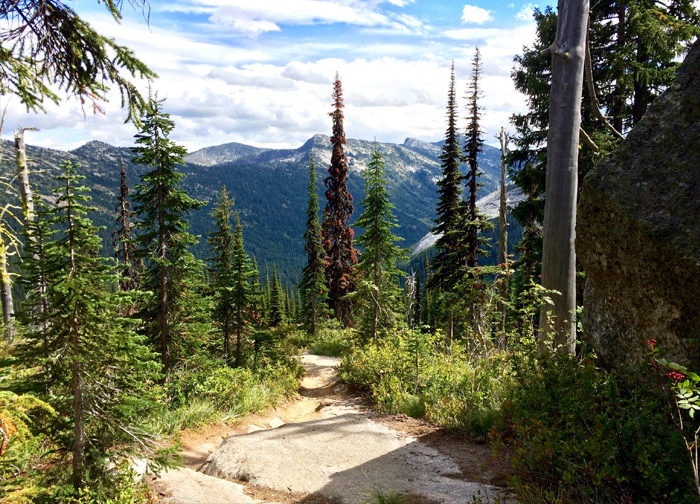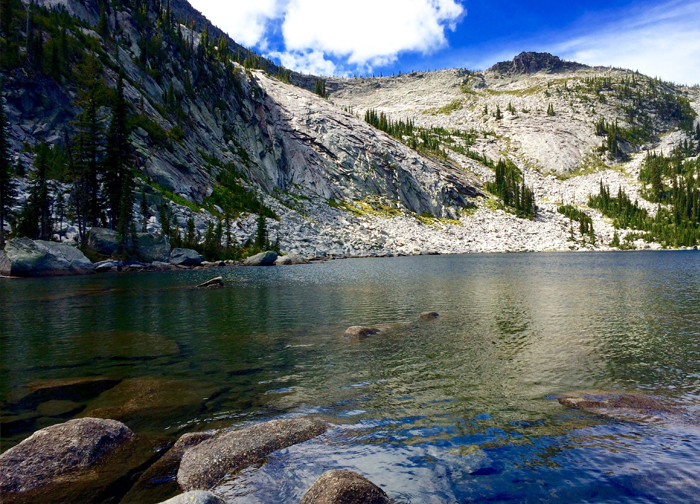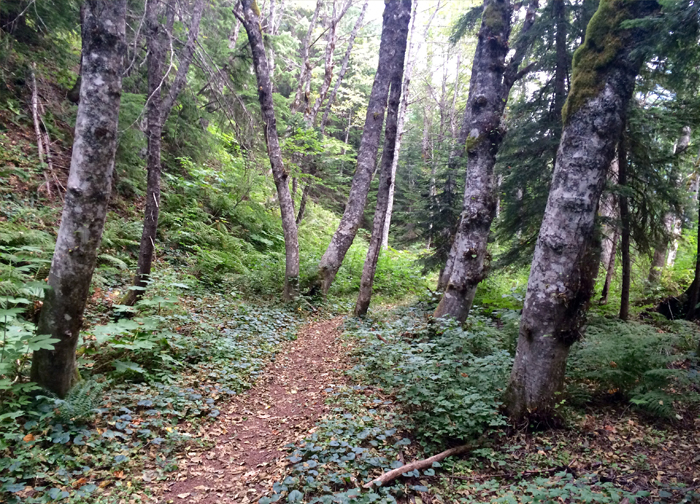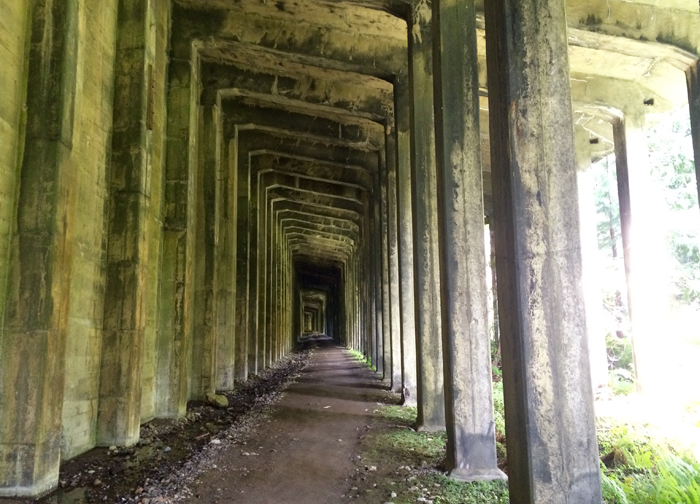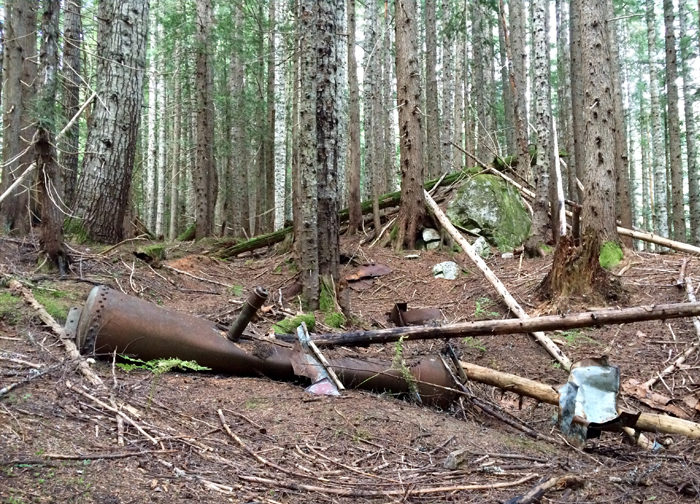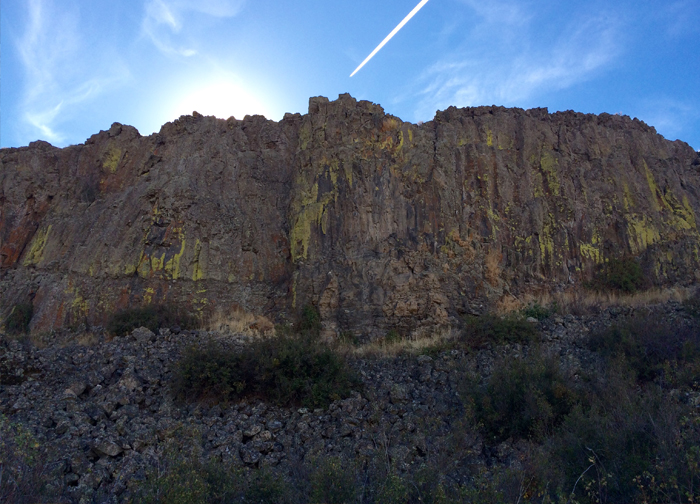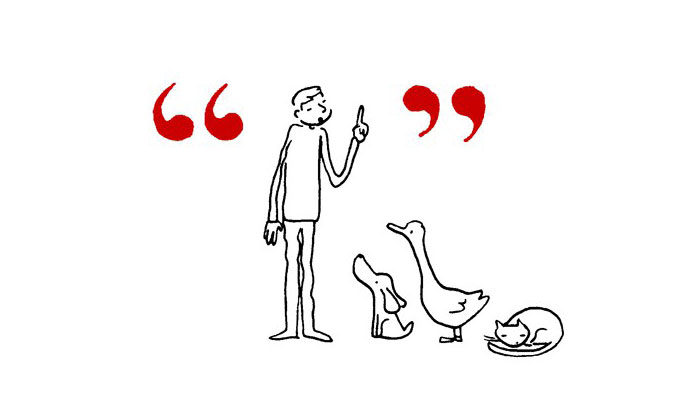A few weeks ago we changed out our office display case content to feature one of the best graphic designers ever to walk this planet: Herb Lubalin (1918–81). A typographical wizard and a master of conceptual typography, Lubalin created some of the most iconic logos ever conceived, as well as some of the most progressive magazine layouts ever produced—like U&lc and Avant Garde, to name just two.
So it was a real treat to discover the Herb Lubalin Study Center of Design and Typography on a recent trip to the Big Apple. Housed at the Cooper Union in Manhattan’s East Village, the collection proves Lubalin’s place in the annals of design history. Flat files within the center are full of his original tracing paper sketches, along with print samples and advertisements. (Lubalin also surrounded himself with some very talented folks, most notably Tom Carnase and Alan Peckolick, both fantastic designers in their own right.)
But if a visit to New York seems a little over the top to look at a collection of great graphic design, you’re welcome to stop by the office for some Lubalin inspiration.

